Winter can be a time that tests the will of most cyclists, as cold and wet conditions make us yearn for sunny days on dry roads or trails.
New winter clothing can sometimes seem like the only option to make riding possible in the cold months, but this isn’t always the case.
Here are some of our favourite cheap or free hacks to keep you warm when cycling through the winter – including some slightly off-the-wall ideas, but hear us out.
1. Mudguards are not a crime
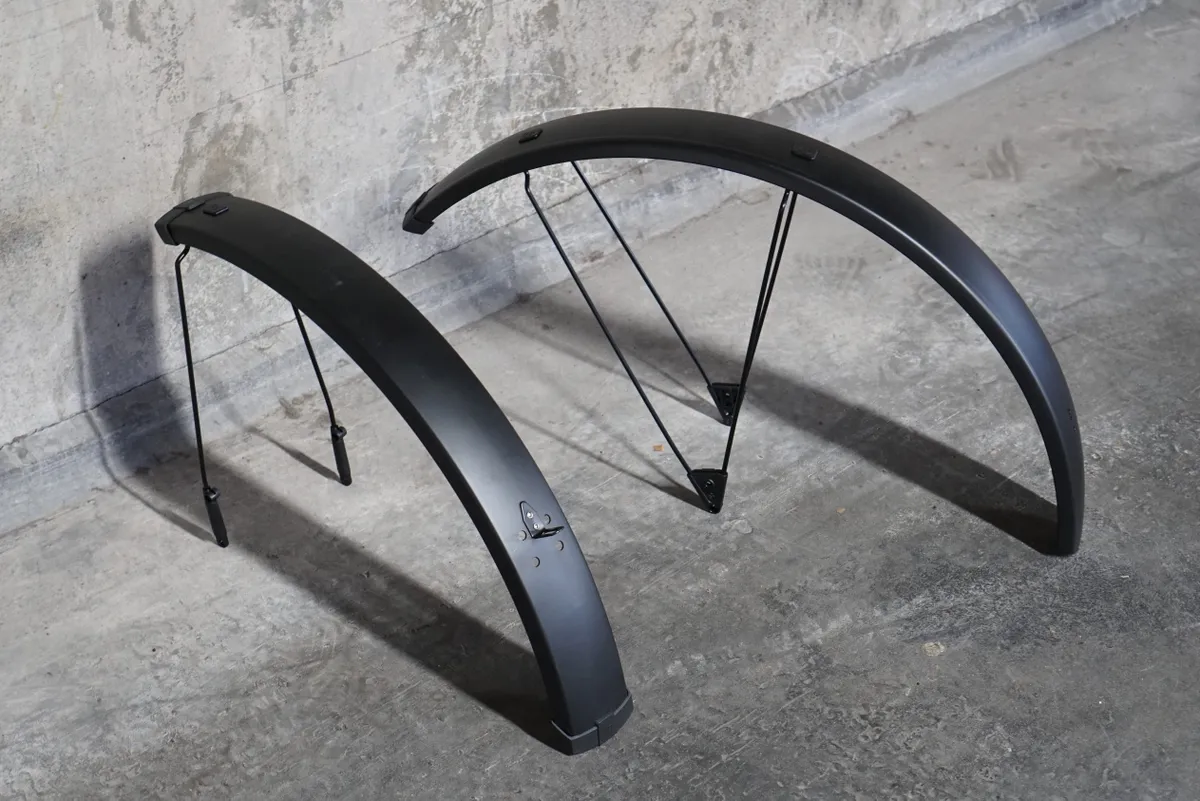
Mudguards are a key component of happy riding in the winter, offering the only protection against road spray for you and fellow riders.
Mudguards also stop muck from reaching your bicycle’s components – prolonging their life and reducing the amount of maintenance needed.
The best mudguards bolt onto mounts (otherwise known as eyelets) built into your frame, and are common on winter road bikes.
If your bike doesn’t feature any mounts, clip-on mudguards such as the Crud Roadracer are a good alternative.
Adding mudflaps to the bottom of the guards will divert spray away from your shoes, and fitted to the rear mudguard, will keep the riders behind you dry. They also offer a level of DIY creativity, with our favourites being made out of old bidons or milk cartons.
Mountain bikers can also stay dry, with plastic fork fenders adding good protection from water coming up from your front wheel – keeping your face and goggles clear.
2. Layers, layers, layers

Most of us are guilty of holding onto more cycling kit than we really need, but this can work to your advantage in winter.
As a general rule, the more layers you have, the more versatile your winter wardrobe.
Using a variety of layers will enable you to easily regulate your temperature out on the bike as you remove and add layers to suit your internal temperature.
A single toasty layer may feel right at the beginning of the ride, but as you warm up through riding, you’ll probably end up too hot with no ability to strip off layers.
A good starting setup is a baselayer, jersey and winter jacket combo, then adding a gilet and waterproof jacket if it gets colder or rains. This setup may leave you wanting at the start of the ride, but as soon as you start riding you’ll soon warm up – and if you're still cold, you have layers to add.
Donning a waterproof will also act as the last layer in the coldest of conditions, trapping in as much heat as possible.
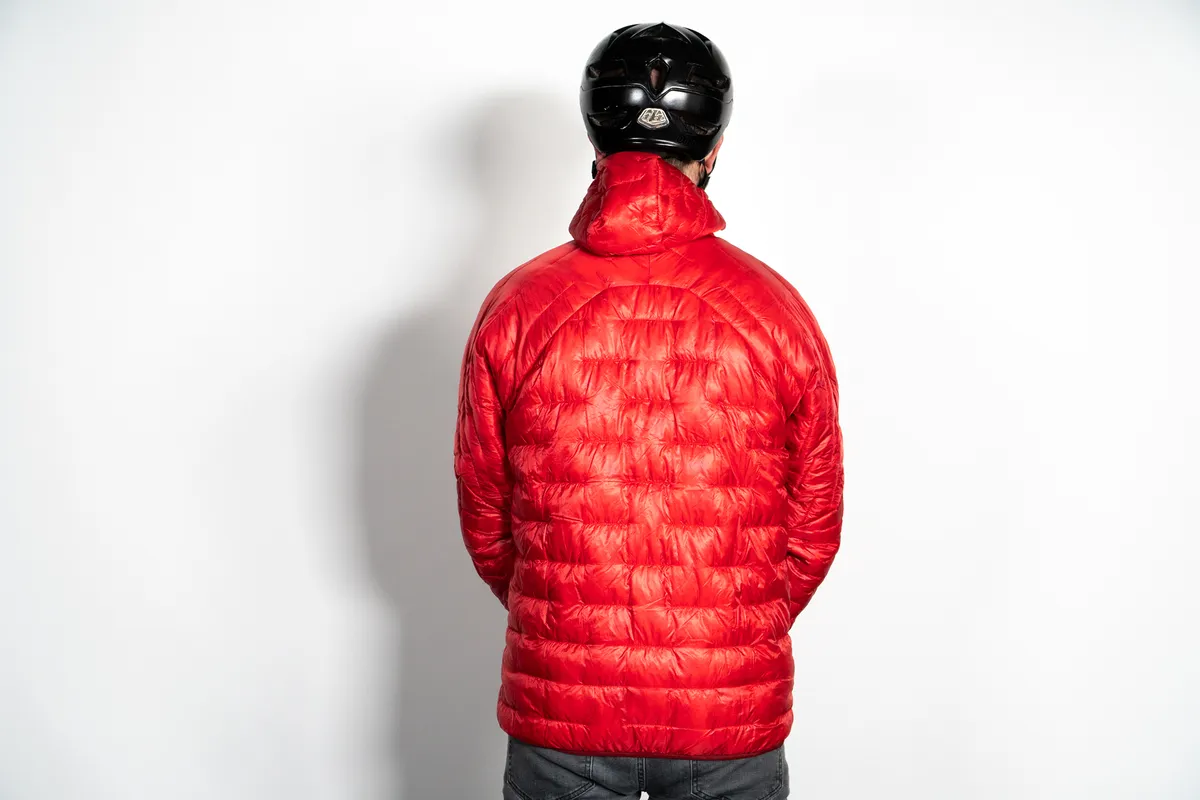
If you don't own any cycling-specific warm layers, consider buying a used insulated jacket to act as your main layer. A tight aero-friendly cut is less important in the winter, where speeds (and ambitions!) are likely to be curtailed. We recommend going for a jacket with synthetic insulation because down is less effective when wet.
Mountain bikers should consider waterproof trousers, because these will keep you dry and provide warmth – they also leave you with clean legs at the end of your ride, saving those car seats.
3. Wax yourself

Ever had an insufferable squeaking from your pedals? If so, this old skateboarding trick might just keep you sane on future rides.
In the winter, grit can get into the mechanism of your clipless pedals and cause a horrible squeaking noise as your cleat floats on the pedal’s surface.
Pouring hot candle wax onto the cleat and letting it set can help abate this. This adds a layer of lubricant to the cleat separating the two metals, eradicating any noise. Unlike wet lube or grease, wax won’t pick up any contaminants.
4. Keep warm with repurposed plastic
The sworn enemy of the sea turtle can protect you from the worst part of winter riding – cold water.
Feet
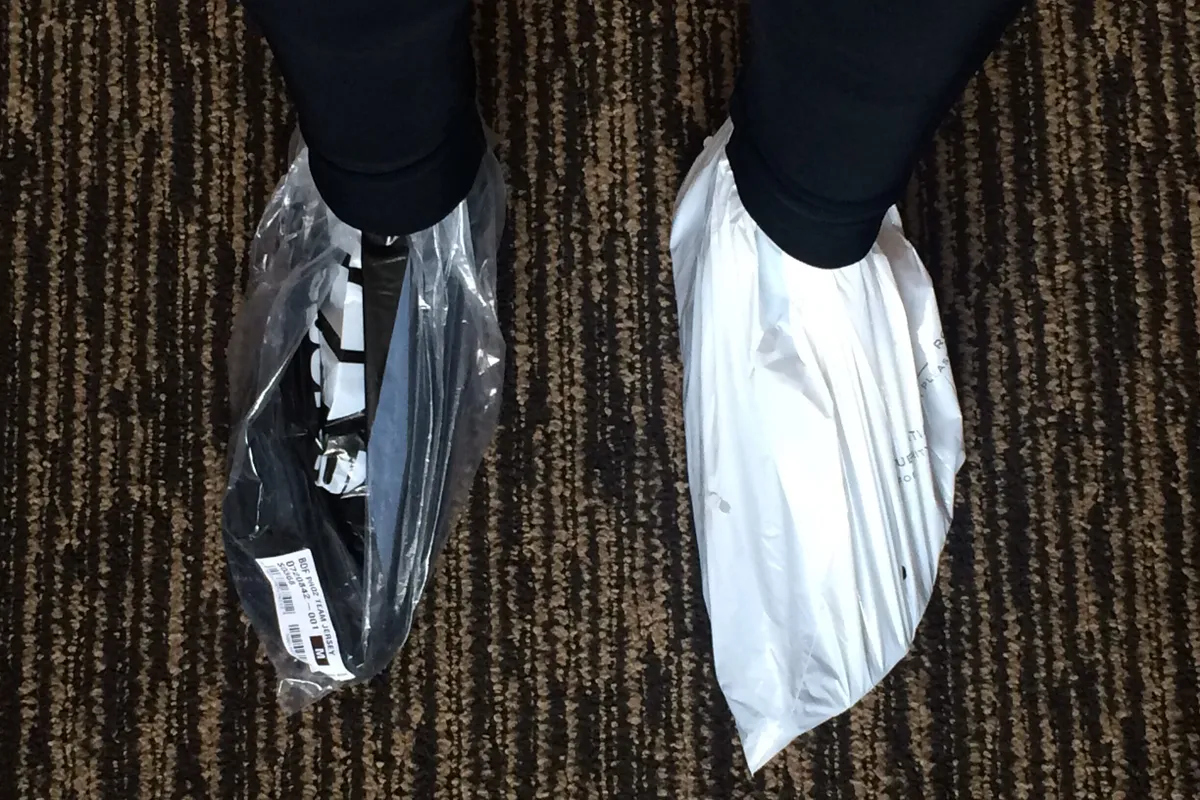
Cold feet can’t be ignored – especially wet ones.
Placing your foot in a plastic bag before wearing shoes can immediately create a waterproof layer, keeping your feet dry and warm.
For best results, consider wearing the plastic bag next to your skin because this creates a vapour barrier, preventing outside moisture and perspiration from saturating the insulating layers – although breathability is a trade-off to consider in warmer conditions.
Some riders suggest wrapping tin foil around their toes to achieve a similar effect.
Hands
On a similar note, using latex or vinyl gloves – the ones found in workshops and surgeries – can add a waterproof lining to any glove you own, mimicking the likes of Sealskinz.
Like plastic bags on the feet, this creates a vapour barrier preventing outside moisture and sweat from infiltrating the layers. The downside is in breathability – because if moisture can’t enter, it also can’t escape.
If breathability becomes is an issue, you may want to consider looking at the best winter cycling gloves.
Chest
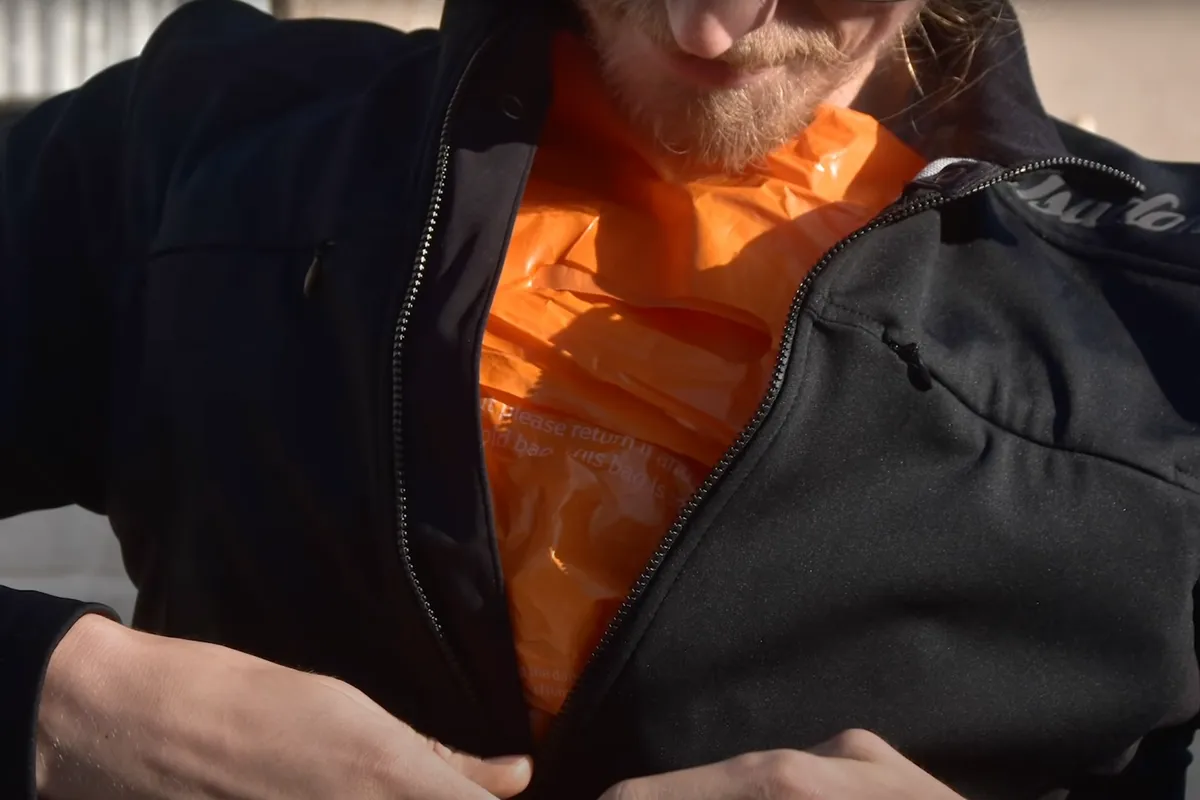
A well-known audax hack is to simply wear a plastic bag between your jersey and outer layer. This acts as a windbreaker and a waterproof layer.
The plastic bag is a modern take on the classic newspaper trick used by pros of the past, except you’ll find supermarket names imprinted on your clothing instead of headlines.
5. Plug holes with Blu Tack
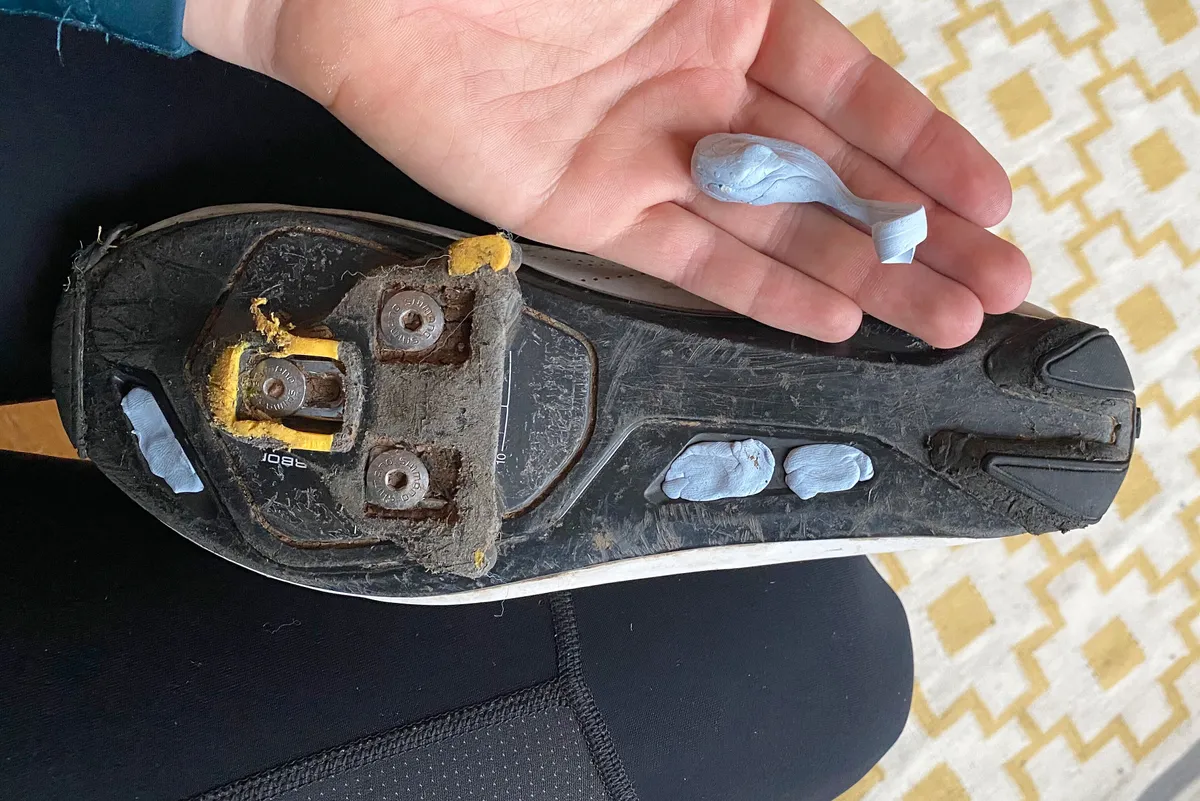
The soles of most cycling shoes feature ventilation holes to enable your feet to breathe and not overheat. This is great in the summer, but on winter days the vent lets cold air and water through, which is a recipe for cold feet.
A nib of Blu Tack pushed into these holes creates a seal, keeping cold air and water at bay. We don’t recommend standing in puddles, but you won’t be disappointed by the sealing qualities of this sticky putty.
When brighter, warmer days reappear, you can quickly remove the tack and be left with the ventilation you desire. It may take a little longer to remove if your shoes feature a mesh over the ventilation holes.
6. Keep your bike looking dishy
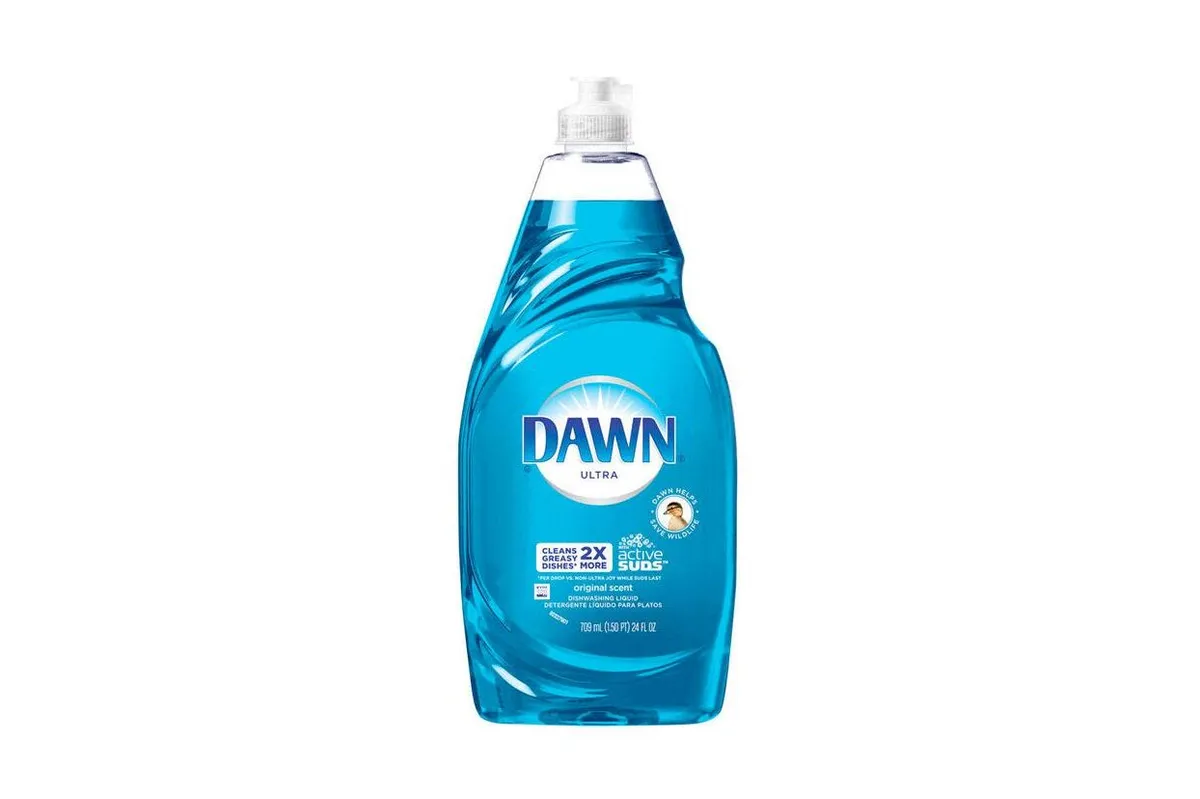
Through the winter, grit and mud make their way into your bike’s components, shortening their life span. Therefore, it’s necessary to keep your bike clean.
If you ride regularly, keeping topped up on cleaning products can become an expensive habit.
While bike-specific cleaning products are usually designed and tested to keep your pride and joy running and looking its best, there are other options that will clean your bike just as well.
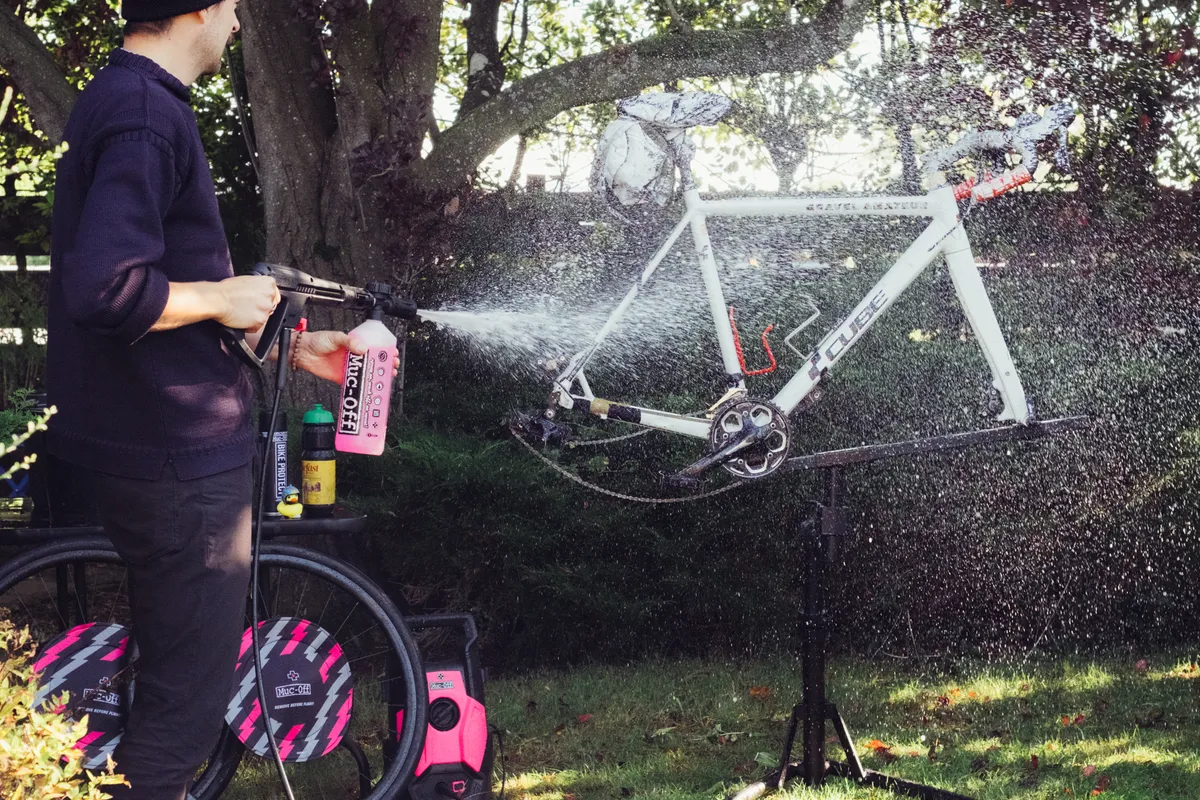
Washing-up liquid works well as a bike cleaner when diluted, and can leave your bike looking good enough to eat your dinner off.
Old toothbrushes can have a second life, working the washing-up liquid into your drivetrain to degrease cassettes, chains and chainrings.
Our guide on how to clean a bike chain outlines the best technique to degrease your chain.
Some might argue that the salt in washing-up liquid can cause damage to your bike, however you will be rinsing the bike off quickly after applying it.
Pressure washing can speed up your bike cleaning, and save you from spending more time out in the cold.
If you are still loyal to big bike cleaner, then it is worth investing in a concentrated solution that can be diluted because this usually presents better value for money.
7. Food buys friends

Even the most experienced rider can fall foul of the comically named the ‘bonk’. The bonk refers to the feeling when there’s nothing left in the tank and your legs have turned to jelly.
Bonking in the winter has an added level of discomfort that will have you fantasising about anything that can fill the hole in your stomach.
Carrying extra food is always a good precaution and can save you, or a fellow rider, from an agonising ride back home or to the next cafe stop.
You also use more calories in colder weather, so be aware that your consumption might rise through the winter months.
